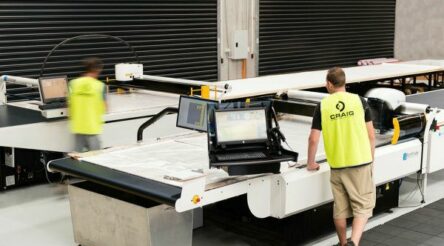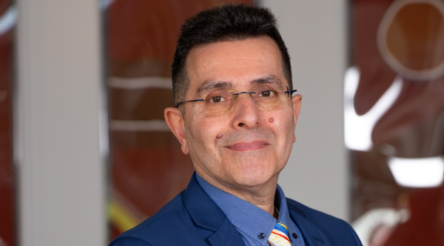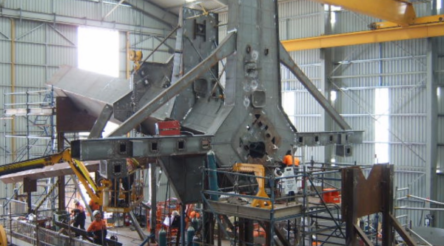Land Forces 2022 – Australian industry and the growth and role of autonomy
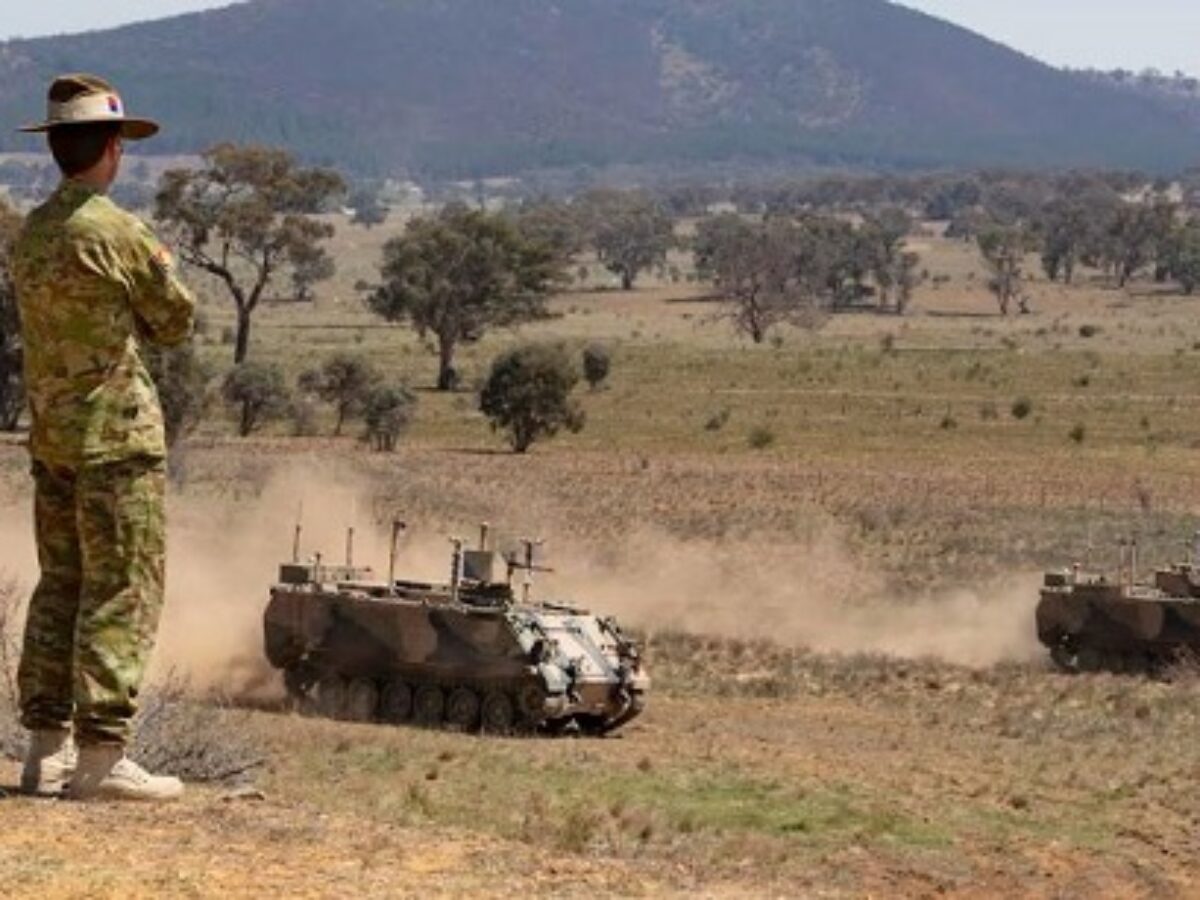
@AuManufacturing’s special editorial series Land Forces 2022 looks today at what many see as the future of the battlefield – autonomous land and aerial vehicles. Peter Roberts reports on Australia’s surprising experience and expertise in autonomous vehicle control.
From Ukraine to the Middle East, autonomous land and aerial systems have long played a role on the battlefield, with surveillance and combat drones increasingly effective in multiplying the effectiveness of human-based systems.
But there are many levels of autonomy from crude systems that are barely able to function without some human intervention to those capable of carrying out complex tasks, including in defence, using only onboard hardware and software systems.
According to Michael Crump, BAE Principal Technologist Autonomous Systems: “There is always debate about whether it is autonomy if it is a remote controlled vehicle – is it autonomous?
“The definition of what is autonomous keeps changing as technology improves the expectations about what autonomy is increase.
“Fifteen years ago a remote controlled vehicle was considered autonomous, whereas now that sits right at the very lowest level of autonomy.”
It was a pioneering radio-controlled target drone – the Government Aircraft Factories GAF Jindivik – that began Australian autonomous developments that place it today if not at a leadership role globally, then with high levels of sovereign capability.
Between 1952 and 1977, 502 of the sub-sonic unmanned jets (pictured, below) that could reach a speed of Mach 0.85 and 40,000 feet, were produced.
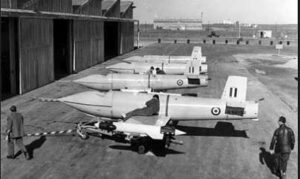
Things have come a long way since then, with Australian autonomous capabilities seen today in Boeing’s MQ-28 Ghost Bat stealthy unmanned aerial vehicle, which is slated for deployment from 2024. Potentially, Ghost Bat will be the basis for a version further developed for service in the United States.
BAE Systems Australia provided autonomy solutions into Boeing for the Ghost Bat programme, building on another early success – the Nulka active anti-ship missile decoy rocket (pictured, below).
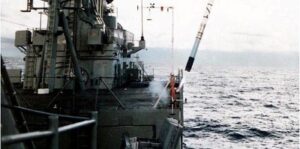
Currently deployed on over 150 Australian, US and Canadian warships, Nulka is fired automatically on detection of an incoming sea skimming missile. It then hovers and moves away from the fleet, sending signals that confuse the missile and lure it off course.
Said Crump: “We have been delivering the brains for (unmanned) vehicles for over 30 years.
“We started with the Nulka system 30 years ago.
“It’s still a great capability, (and now) we have taken the knowledge and learnings from that system and taken it across all domains.”
While the Nulka story is relatively well known, less familiar is the BAE Systems software that control key elements of the launch and flight of the Nato weapons the Evolved Sea Sparrow Missile, and the Advanced Short Range Air to Air Missile (ASRAAM).
In fact BAE Systems Australia and its 70 autonomous experts are leading suppliers of autonomous control software internationally.
Crump said: “It (Australian technology) is incredibly important.
“We provide a lot of the autonomy capability within a good chunk of our global company, particularly the UK and European elements – we work very closely with them and are currently providing and exporting significant amounts of our autonomy back to our UK company.
“So its definitely a different relationship – we are transferring that technology from Australia to the UK rather than many primes that bring the technology into Australia.”
The latest development for the ADF is the M113 AS4 Optionally Crewed Combat Vehicle (OCCVs, main picture).
BAE Systems modified 20 experimental M113s platforms in Adelaide, combining vehicle, payload and mission management systems for investigation by the Army Robotic and Autonomous Systems Implementation & Coordination Office (RICO).
which is investigating how autonomy can aid them in the battlespace.
The fully autonomous systems could initially be used in logistics, ferrying supplies to the front and returning with human casualties, of in intelligence, surveillance, target acquisition, and reconnaissance roles. (In any future combat role, Australia would always have a human commander in the chain of command.)
Still, the speed of machine thinking, artificial intelligence and the scalable mass of autonomy has tremendous potential for the ADF.
“The ADF is limited by the number of people, we don’t have the population base to have an incredible number of people in our defence force each with a vehicle of their own for example
“So we want mass in our defence force we need to supplement the human army’s capability with additional capability that may not need humans in direct control.”
While Defence once led the development of autonomous systems, the lead today is increasingly coming from the commercial world through the automotive industry and self driving cars but also through social media.
At least some of the technology which will be used in the modern, data-driven battlespace will come from the civilian world.
But BAE Systems Australia will continue to have a key role in sovereign, Australian development and implementation.
Said Crump: “To me the important thing is we are doing it in Australia, we have a very strong team of Australian engineers leading this capability and we are leading for a good chunk of the worldwide company.
“When you talk sovereign capability and things like that this is something that BAE are heavily investing in Australia, have invested in for a very long time and have a huge capability in Australia to do this.”
@AuManufacturing’s special editorial series Land Forces 2022 is brought to you with the support of Thales Australia and BAE Systems Australia.

![]()
Pictures: BAE Systems Australia/Autonomous M113AS4 Armoured Personnel Carrier on trial/Department of Defence/Jindavik/Nulka launched from an Australian warship
Topics Analysis and Commentary Defence
@aumanufacturing Sections
Analysis and Commentary Awards Defence Manufacturing News Podcast Technology Videos







